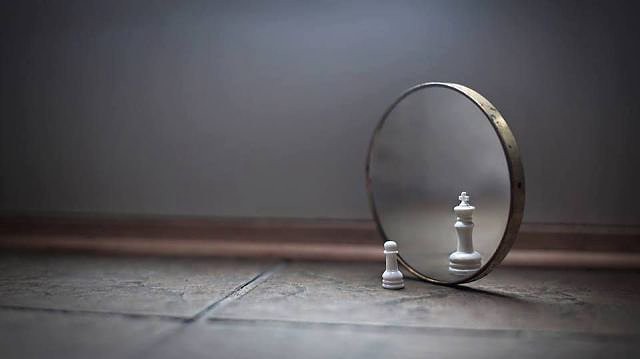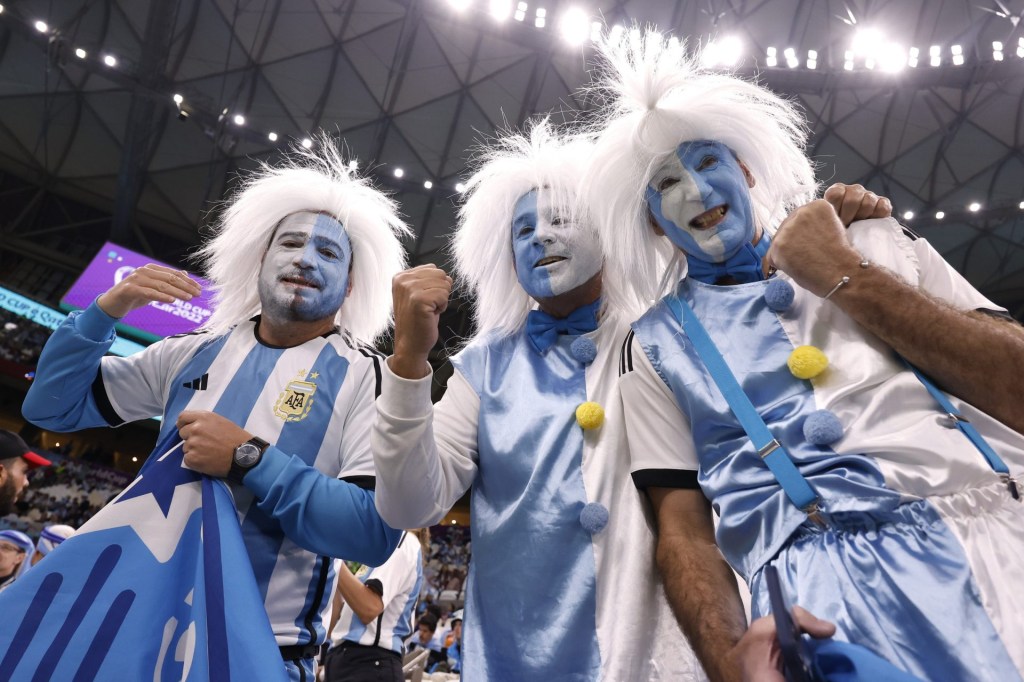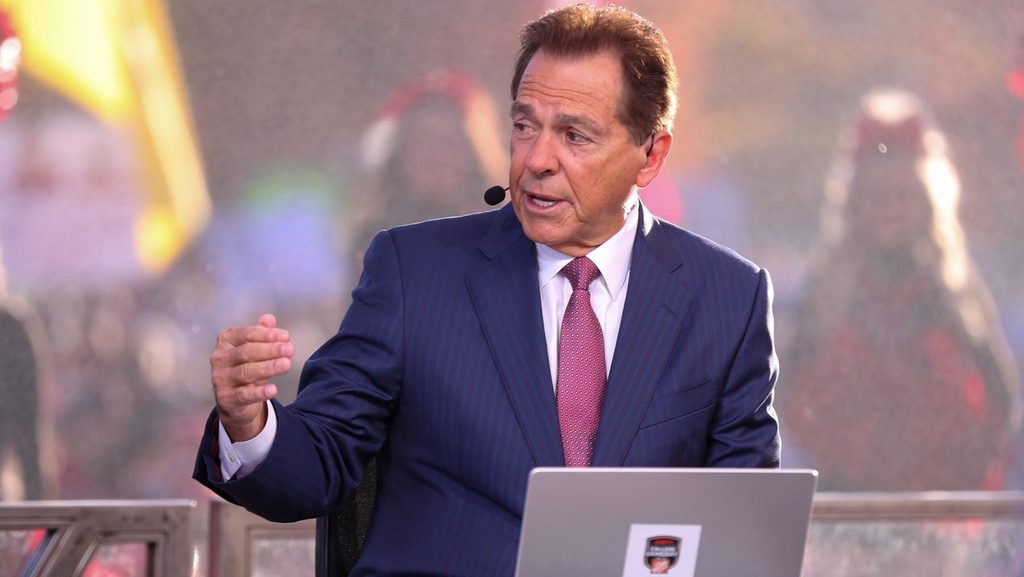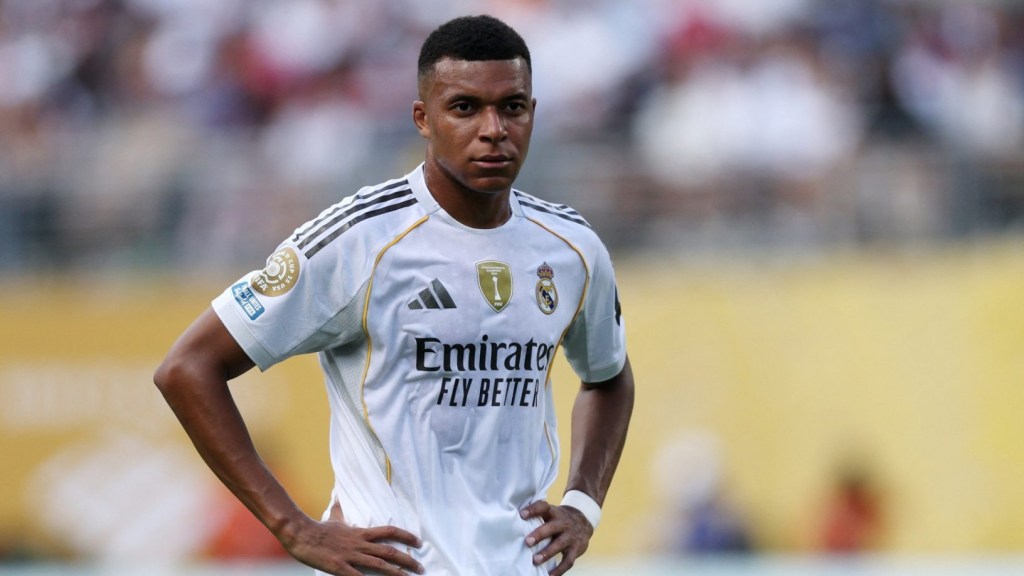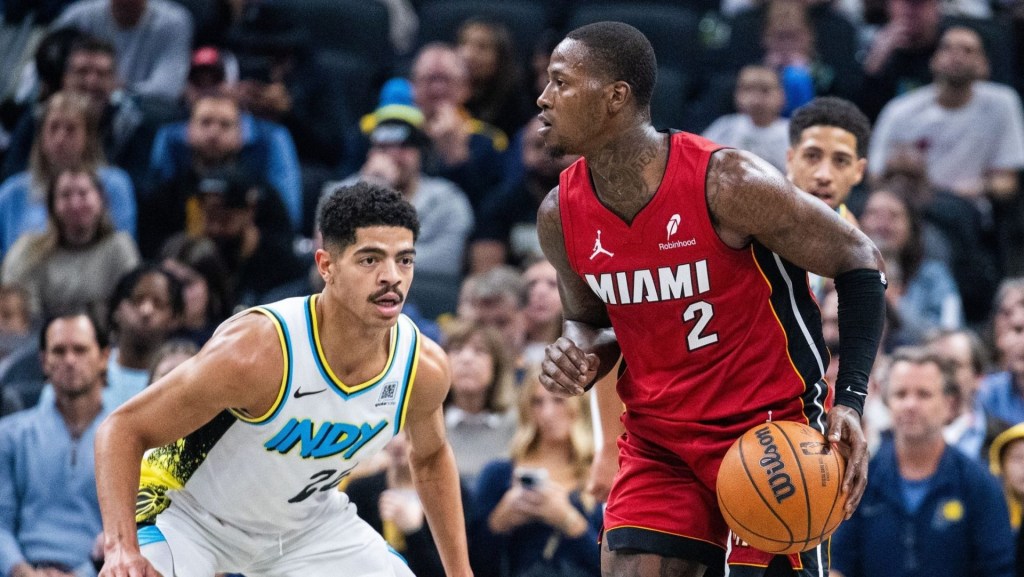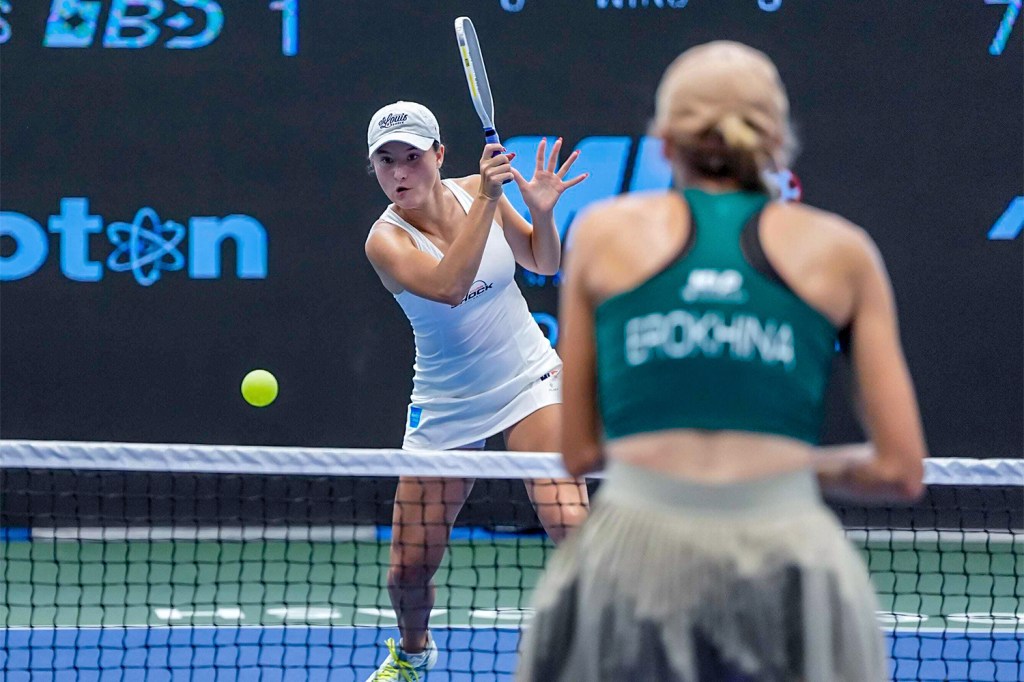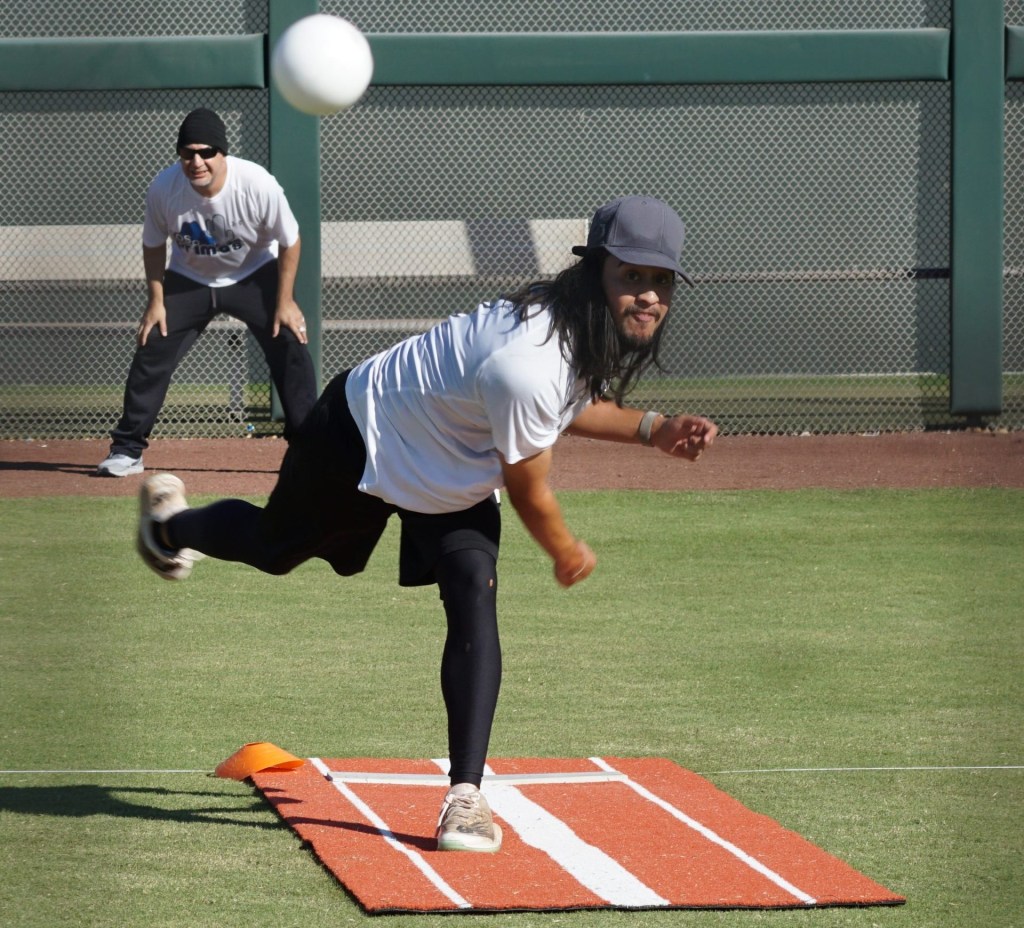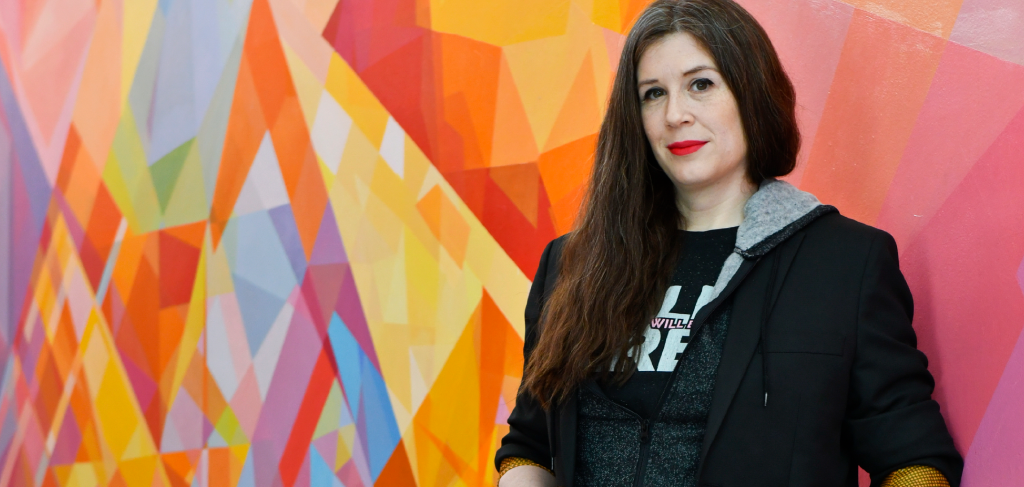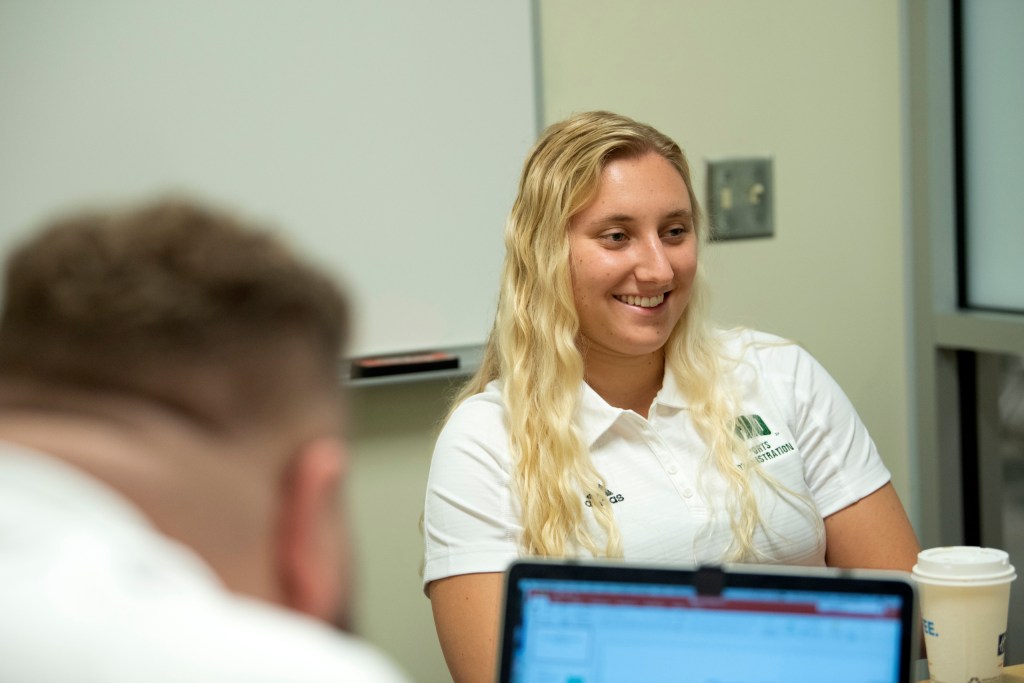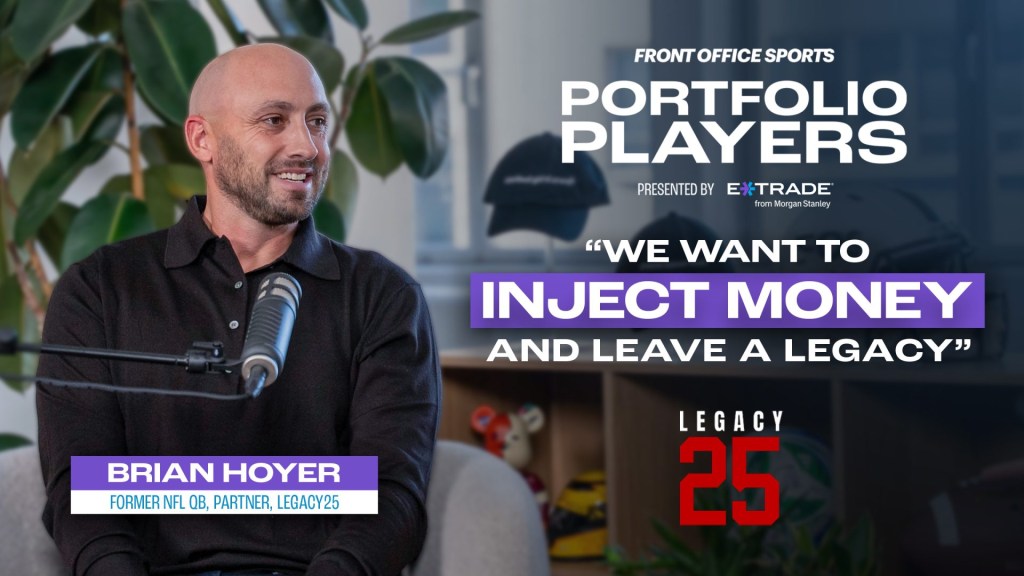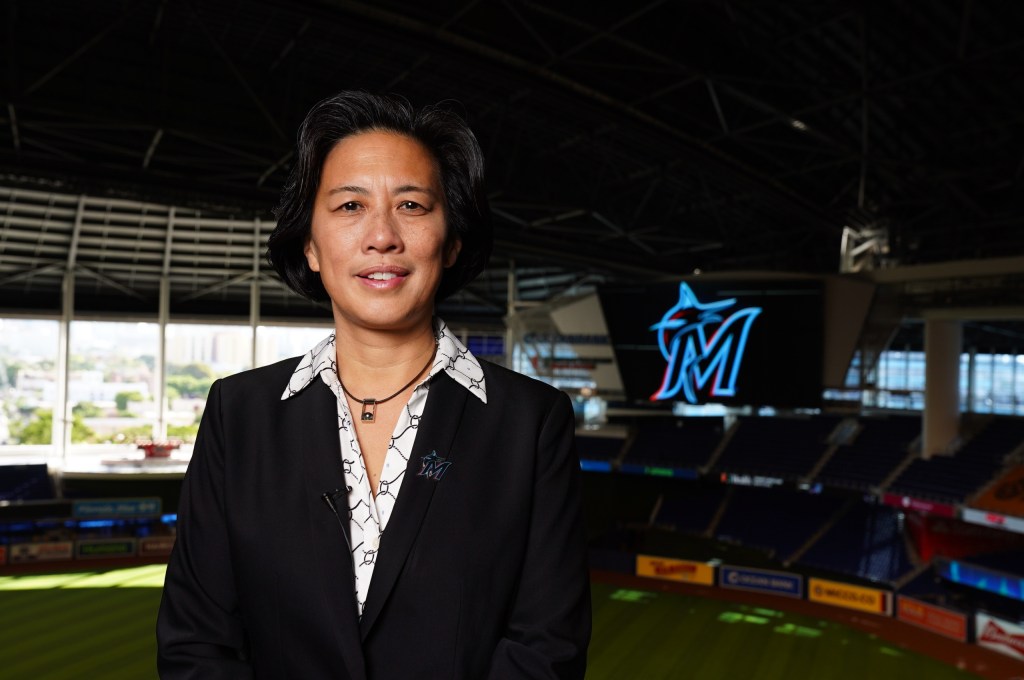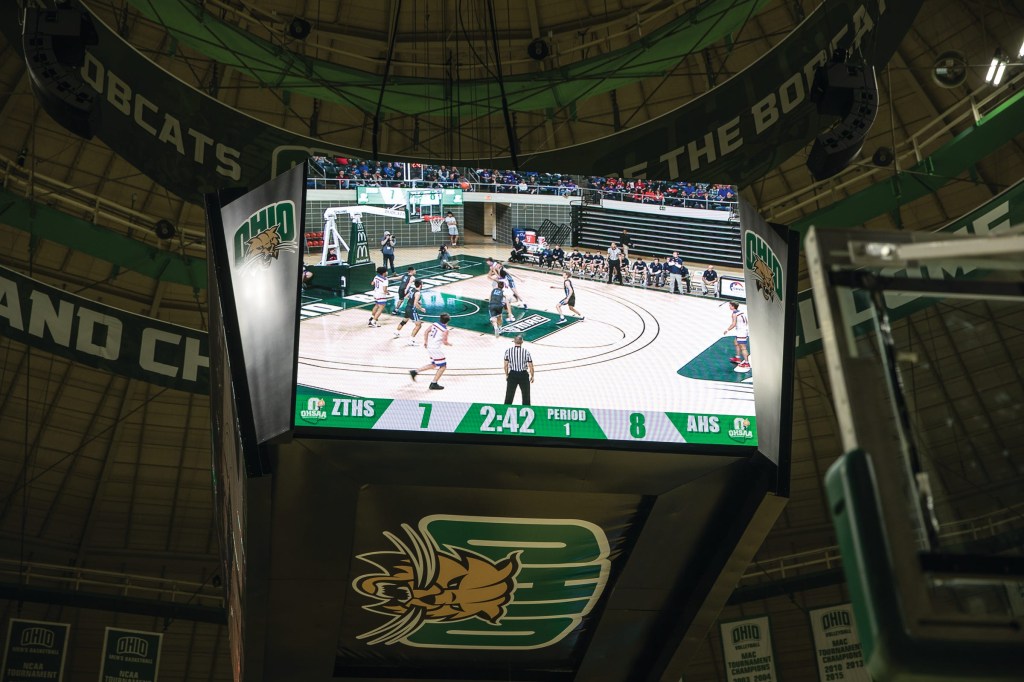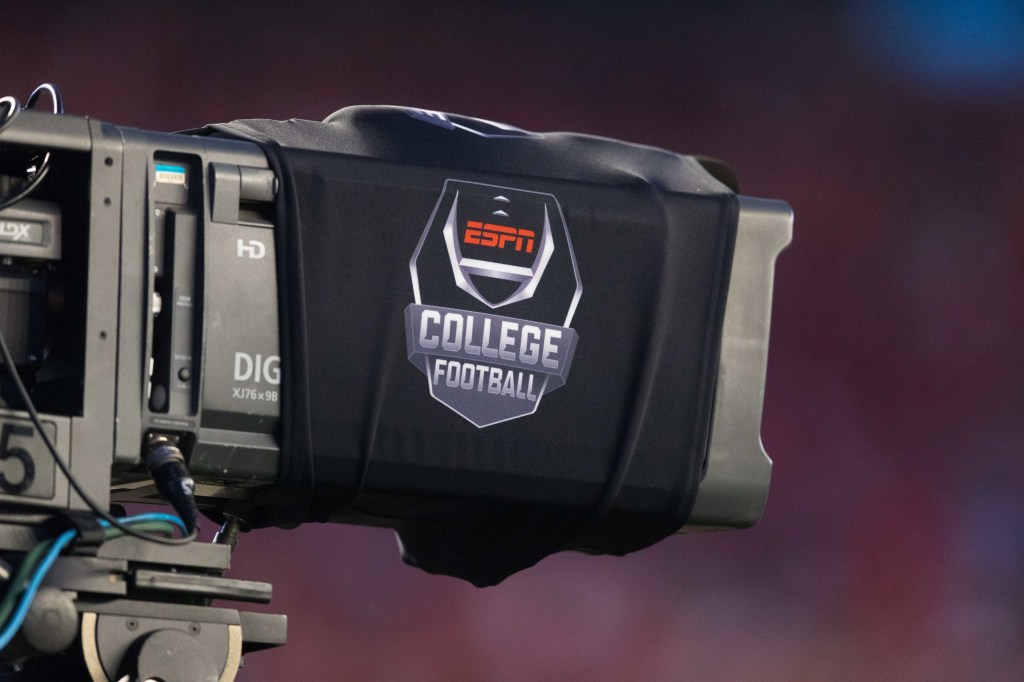By: Will Baggett, @W_Baggs

If you haven’t read the first installment of The Process on assuming the I-1 Mental1ty, I encourage you to do so to bolster your understanding of this secondary element.
Theory
If you have ever watched an episode of Law & Order on television (SVU of course, nobody watches Criminal Intent), you are more than familiar with the standard protocol followed by the officers. Detectives Benson and Stabler go about identifying potential suspects and elect to bring in the most noteworthy for formal questioning.
The affair usually takes place in an interrogation room with fairly simple décor. This bleak chamber comes complete with a metal table and chairs along with an overhead fluorescent light, which seems to cast an aura of guilt onto the suspect before questioning even commences. Aside from that, there is not much else to see.
Or is there?
If you look around the room, you will notice an everyday, household-type mirror inset to one of the bare walls. Well, depending on your vantage point that is. For the unassuming suspect, it appears to be a traditional mirror in which he can see his reflection as if he were standing in his own bathroom.
Nevertheless, the interviewing detectives are well aware of its full capacity; namely the presence of their counterparts watching from behind it. As the detectives are making their reads up close and personal, the suspect has the freedom of occasionally checking his reflection as he pleases.
Unbeknownst to the suspect, however, are the people behind the two-way mirror passing their own judgements. Faceless. Nameless. But there. Staring into oblivion, he remains ignorant of whether or not his mirror image reflects the persona the onlookers are making note of behind the looking-glass.
In a perfect world, the suspect’s perception of himself would parallel with those of his spectators. Unfortunately, these invisible observers are very familiar with this exercise and are thereby more than capable of detecting any form of camouflage. It requires little effort on their part to see through the smoke and [two-way] mirrors.
Application
Branding. A topic that is as important as any other, but like useless coupons from Kroger, seems to get thrown in after all else has been put through the wringer. Many would argue, however, and rightfully so, that branding trumps most every other aspect of your professional development.
If your image is tainted, you can cancel any plans of effectual networking. Rather than welcoming you into their presence, people would quicker cross their index fingers and extend them in your direction as if you were a vampire coming to rid them of their professional vitality.
The two-way mirror principle is a constant reminder that how you operate when you think no one is looking will ultimately determine the outlook of your career. In this scenario, and with respect to the introduction, think of your direct supervisors as the interrogators. Obviously you put on a good show for them because you know they are constantly watching and making snap judgements. They are also the keeper of your coveted promotions, salary increases, and new opportunities.
But what about when they are not around? Do you uphold high standards or instead fall into the comfort zone of mediocrity? If you are a situational performer, what you have is not a brand, but rather a washable tattoo. Easy come, easy go. Just add water.
Refrain from assuming the myopic viewpoint of the hapless suspect at all costs. Someone is always watching and taking copious notes of how you carry yourself in general as well as in the face of adversity. According to Amazon’s founder, Jeff Bezos:
“Your brand is what people say about you when you’re not in the room.”
As for those watching from behind a two-way mirror, they have the benefit of being in a different room and watching a live feed of you to make on-the-spot assessments.
As a professional, your brand is what precedes, positions, and protects you. For example:
1.) Precedes: As you prepare to sit for a job interview, your brand does not meet you there- it beats you there. Make sure it sets an atmosphere conducive to the outcome you are seeking.
2.) Positions: Your interviewing skills and résumé components carry little weight compared to your brand. It alone could prove to be the ultimate determinant of whether or not you secure an opportunity.
3.) Protects: In light of your track record, people are cognizant of what you will and will not stand for. Your brand then, by nature, becomes your armor.
Any chink in this armor exposes your brand to the elements of the industry and allows for it to be exploited by external competition. According to Dan Schawbel, however, “When you brand yourself properly, the competition becomes irrelevant.”
It is best to ensure there is no grey area or disconnect in the positive manner you perceive yourself as it compares with the perspectives of others. This is best accomplished by first assuming the I-1 Mental1ty we covered in the first installment.
Though you may not be able to circumvent all millennial prejudices, you do have the power to dispel unfavorable perceptions and create a strong brand for yourself one reflection at a time. This, of course, all begins with the hab1ts you embody. As you mold your brand, take time to approach the looking-glass upon occasion and pose the question:
“Mirror, mirror on the wall, what do they see…beyond the wall?”
Thank you for reading! If you’re enjoying the journey, please drop me a line below. Be on the lookout for the third installment entitled, The Process: Starting from the Top.
